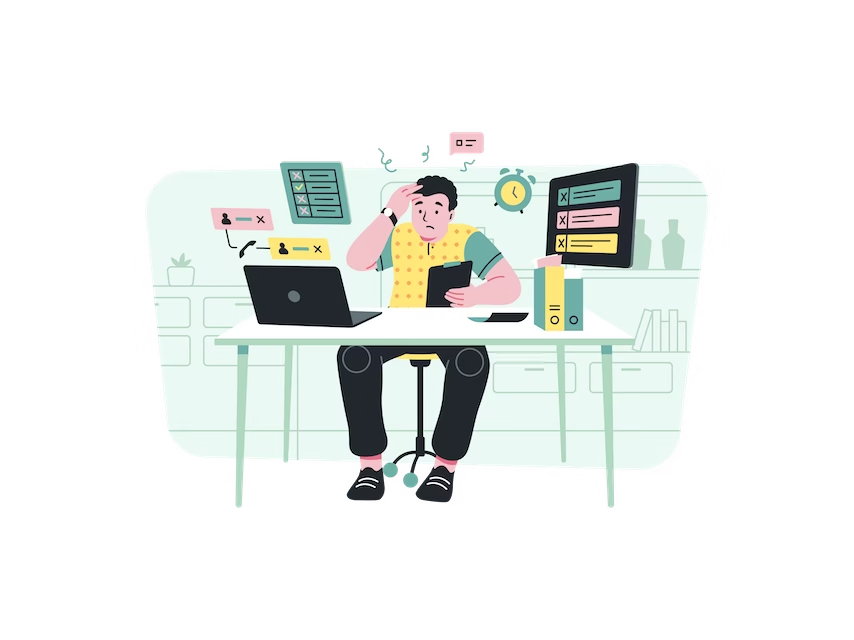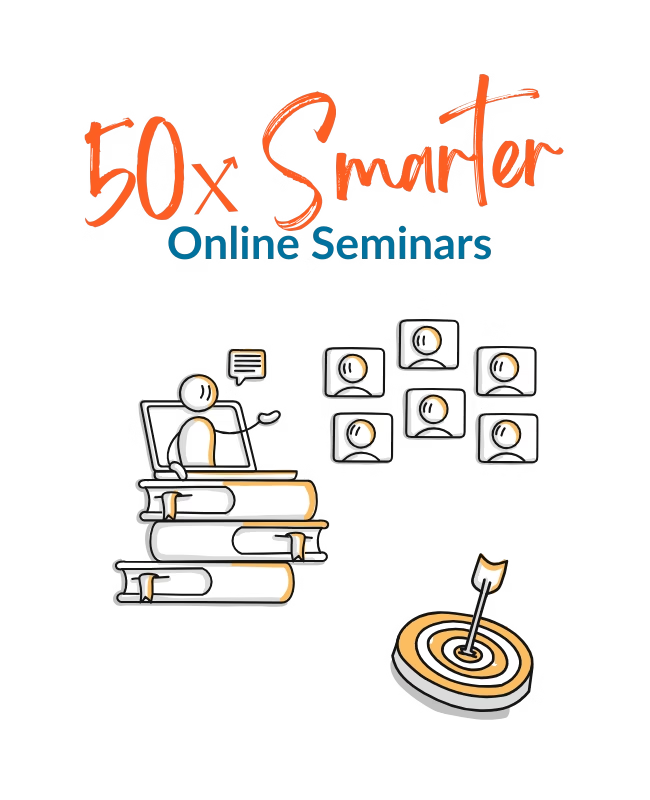The Road To Burnout Recovery Starts Simple.
When you are burning out and feeling exhausted, all you want to do is rebuild your energy and lower your stress. The last thing you want is to deal with a to-do list you can’t oversee. But getting back on track irrevocable means dealing with something that often has grown into something complicated. Here’s how to start your burnout recovery without the fuss.
Too Overwhelmed to Organize
Andy was one of those busy women who was juggling way more than she could handle. Still, she had been able to keep the balls in midair and moving, oh well, most of the time. Now and then, she dropped one, and yes, in the past, she was forced to drop them all due to burnout. But that was then. Nowadays, Andy is becoming more and more organized and resilient. But it wasn’t easy.

Suffering from ADD and working under challenging circumstances, Andy felt she had never been able to truly recover from her burnout. Constantly living and working in survival mode was draining her energy faster than she could replenish it. Something needed to be done. But on her own, she couldn’t take the first step towards burnout recovery. So I helped her take her to organize her head and her time, which was too difficult for her, as busy and brain-fogged as she was at the time.

Fix Your Inbox & Reclaim Your Focus
€ 20 OFF for Black Friday
Beat Inbox stress and distraction with the 2-hour 50x Smarter seminars.
No Energy – No Recovery
The first thing I taught her was that she would be able to accomplish a lot more if she stopped exhausting herself. Listening to her body and respecting her limitations were the top priorities.
Secondly, we got started on creating a better system for her to remember her to-do’s and long-term projects. Andy tried this already and failed time and time again.
Beating herself up over this, she forgot to realize how difficult it can be to use or set up a system if you are already overwhelmed. I explained to her she wasn’t the only one who didn’t have enough energy to even remember to look at her task list. Let alone fine-tuning something to your special demands.
So, how do you turn this around? What do you do to get organized if you’re too exhausted to organize? Here’s the secret: keep it simple!
A Simple System for Burnout Recovery
A system is ‘an assemblage or combination of things or parts forming a complex or unitary whole’, according to the dictionary. I suppose there are better definitions to be found, but this one caught my attention because of the word ‘complex’.
Here’s the thing: when looking for a way to organize ideas, tasks, and thoughts, most people set out to create a system that is overcomplicated. The reason? They want to specify and connect to a multitude of associations. Unfortunately, that often leads to choice paralysis. It’s simply way too detailed. No matter how understandable the need for categorization, more details are the opposite of what you need when you want to diminish overload.
If you are in a similar situation as Andy, I suggest creating some headspace first and improve your system later. Here is a way to start: the 4-1-1 system.
The 4-1-1 system
The beauty of this system is it simplicity. Preventing cognitive overload is key if you are dealing with or recovering from burnout, so you need to create as few categories as you possibly can.
For a lot of people, this will feel imperfect, and for that reason they often refuse the 4-1-1 system. They end up with a system that is unworkable and ultimately no system at all.
Scientists say that 5 to 7 categories would be best. That is all your brain can oversee in one instance, even in times when your focus is optimal. So, if you are already overwhelmed and burning out, you should definitely not increase your cognitive load.

4 Folders to Allocate your Time
There are literally 1000s of productivity and to-do apps out there, every app with even more features than the other. But the simplest way to allocate your time is by remembering what you need to do today and planning for tomorrow.
Therefore, a 3-folder system will do: today, tomorrow, and later. Okay, let’s add one more folder: this week.
4 folders. Or 4 tags if you use an app (a list of apps is at the bottom of the article).
1 Daily Moment to Plan
Combine that crazy simple system with 1 moment in the day to plan for tomorrow. While planning for tomorrow, obviously you’ll check how far you came today. If there are unfinished task in the today folder, decide what to do with them:
- move to tomorrow
- move to this week
- move to later
1 Time per Week to Review and Schedule
Finally, add one moment in the week to schedule for the next week.
As with the daily plan moment, you’ll review the week and decide what to do with the tasks you didn’t finish. If they need to be done by next week, put them in the ‘This week’ folder. Otherwise, it’s for Later.
During this planning session, you review the ‘Later’ folder and see what needs to be included in next week’s work. But this also gives you the chance to schedule time in advance for big tasks, appointments or other stuff that needs a lot of work or preparation.
Use your calendar well during this step. Not just for scheduling these things, but also for scheduling rest and other activities to help you recover from your burnout.
Recap
If you were feeling too tired to read all of it, let me explain the 4-1-1 system for burnout recovery in a nutshell:
- 4 folders or tags, to remember when you want/need to do something: today, tomorrow, this week and later.
- 1 daily moment to plan your day – making choices about your tasks for today and tomorrow, using the folder: ‘This Week’.
- and 1 weekly moment to schedule your week, filling ‘This Week’ with stuff from ‘Later’.
It’s imperfect, but it’s a system. Sure, you will be moving tasks from today to tomorrow. So be strict about your choices and learn to be realistic (or maybe even pessimistic). It beats becoming overwhelmed and stressed again.
Free up your energy
Of course, you will come up with your own variation of this system. But whatever you do, keep it as simple as you can. This will help you free up energy for your recovery.
It’s what Andy did and it worked wonders for her. After a couple of weeks, she began to notice small differences in her energy, helping her stay focused and, more importantly, helping her to make better choices. It still took her a long time to recover, but once she turned her pattern around, she knew she was on her way up. Using the 4-1-1 system helped her to do that.